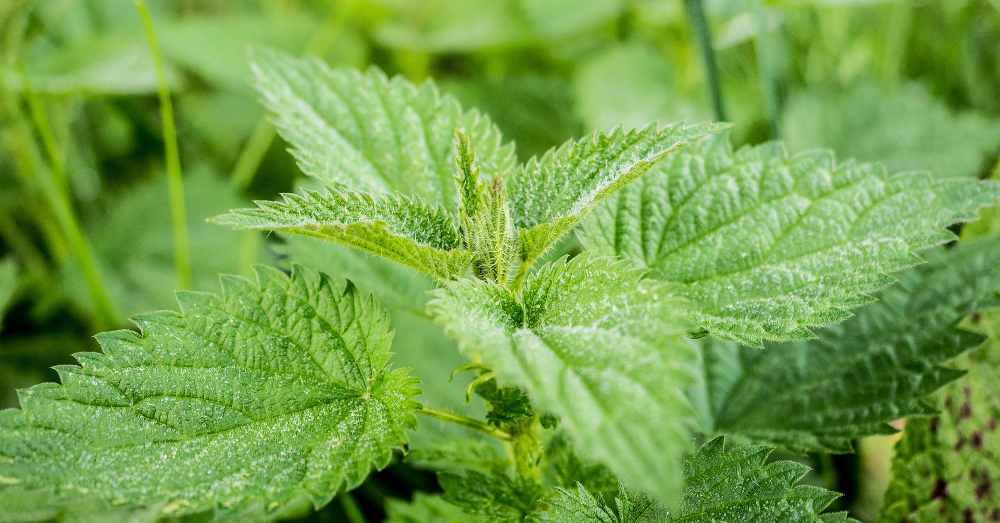
The War Against Weeds Evolves in 2018
According to the latest Stratus Ag Research survey, 73% of nearly 4,000 growers polled across the United States reported having glyphosate resistance on their farm in 2017. That figure represents 120 million acres, and it’s a 15% jump in just one year – even after more than a decade of growing awareness, and the industry doing basically everything short of discovering a new mode of action itself, to curb the problem of weed resistance.
March 10, 2018 | Source: CropLife | by Jackie Pucci
According to the latest Stratus Ag Research survey, 73% of nearly 4,000 growers polled across the United States reported having glyphosate resistance on their farm in 2017. That figure represents 120 million acres, and it’s a 15% jump in just one year – even after more than a decade of growing awareness, and the industry doing basically everything short of discovering a new mode of action itself, to curb the problem of weed resistance.
The numbers, unfortunately, surprise no one.
“When you get to a certain level with these pigweed species, they are so much different than any other weed with the explosion they can have. That’s because they are able to transfer these traits by pollen,” says Dr. Kevin Bradley, Professor of Plant Sciences with the University of Missouri. To illustrate, he shares how the world’s first glyphosate-resistant waterhemp was found in his home state in 2004. “By 2006 or 2007 more than half of our counties had glyphosate-resistant waterhemp.”
